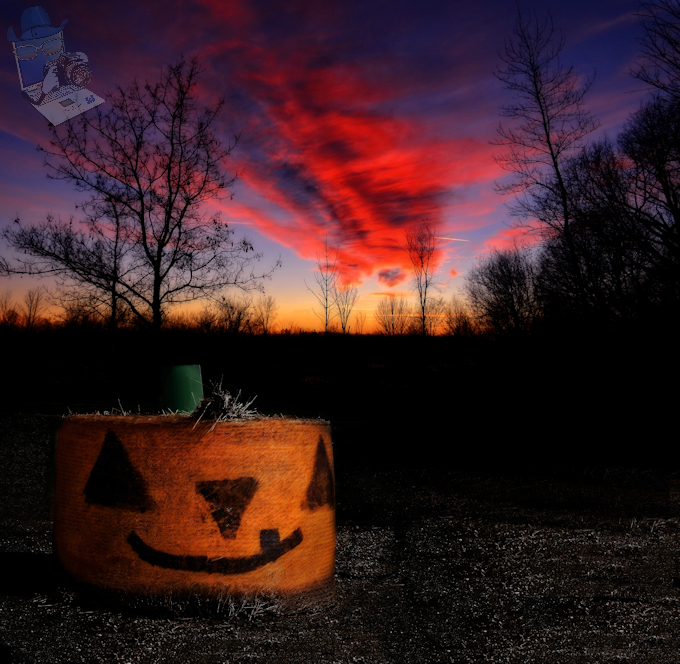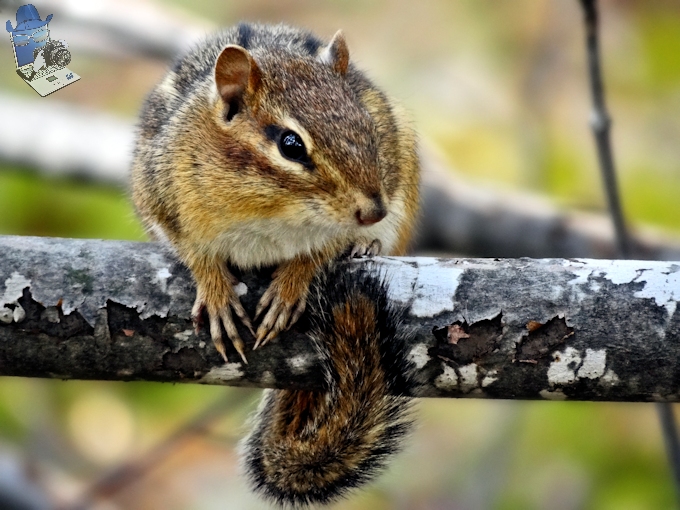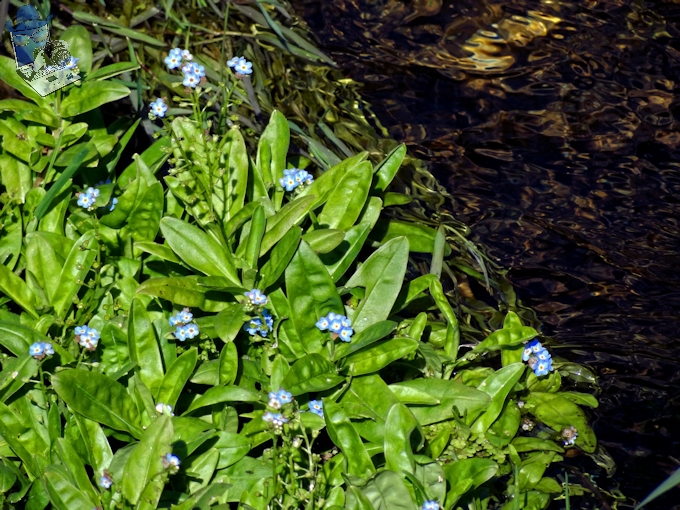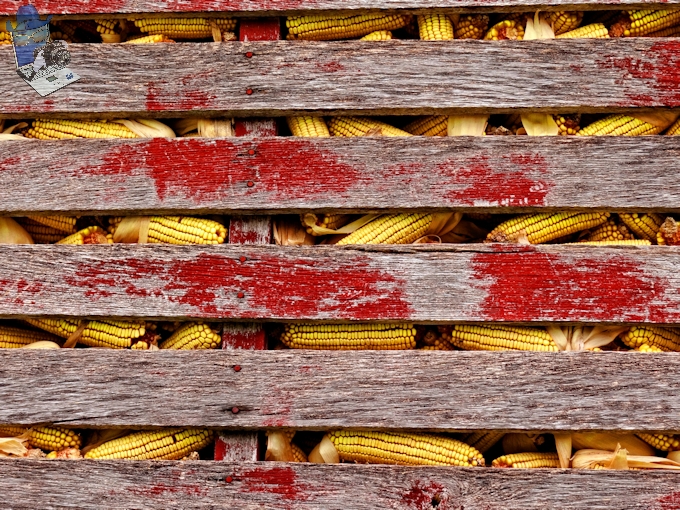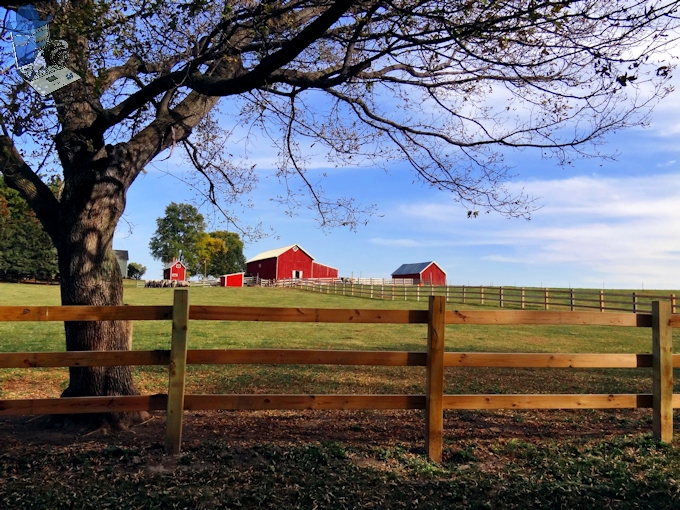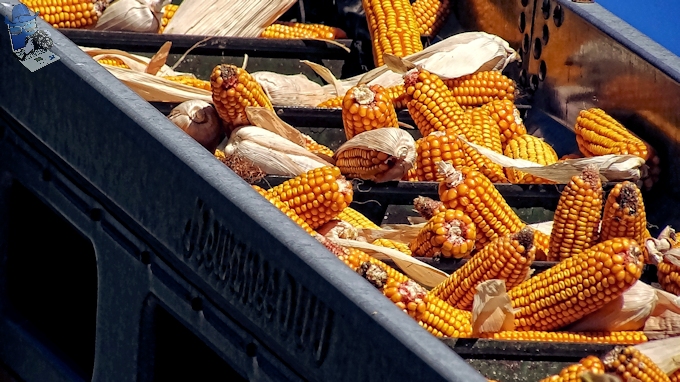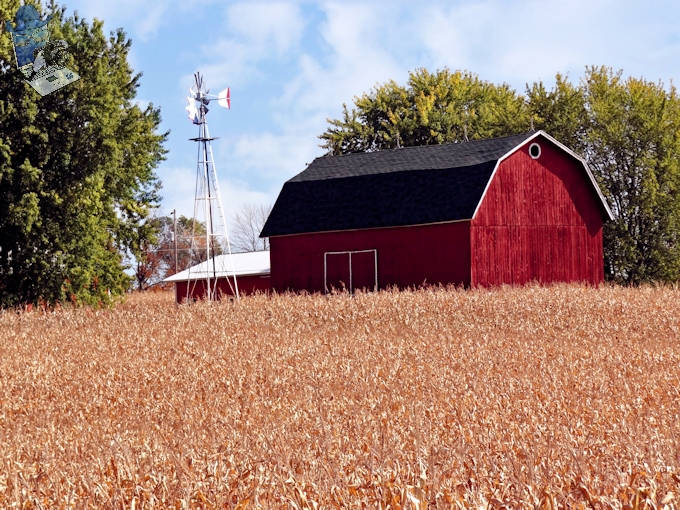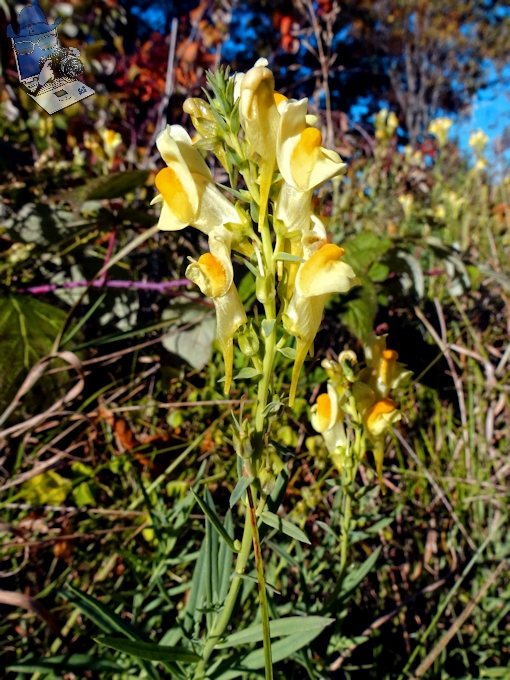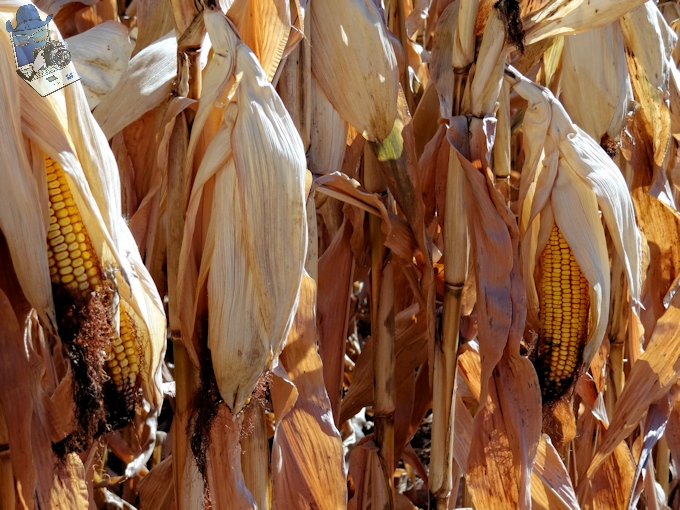The word Halloween was first used in the 16th century and represents a Scottish variant of the fuller All Hallows’ Even (‘evening’), that is, the night before All Hallows’ Day or All Saints Day. And while scholars might disagree on the origin of Halloween, whether origin dates back to the ancient Celtic festival of Samhain or has only Christian roots, Halloween and its traditions has changed over the years.
When I was a kid growing up in the country, we didn’t go out Trick-or-treating since there were no city blocks to walk up and down to collect candy. But my mother said we could have any candy left over we had for visitors after the trick-or-treating was done. So the goal was to scare as many kids away so there would be more candy for me and my siblings.
Well hiding up in the trees howling and making creepy sounds over the walkies-talkies hidden in metal cans worked in scaring the kids. But it worked too good as less came the next years so mom didn’t buy as much candy so we didn’t gain much candy overall.
So if you see a big round hay bale painted as a large pumpkin, beware that there might be a candy hungry kid hiding behind it, waiting to scare you!
Halloween Round Hay Bale Pumpkin


